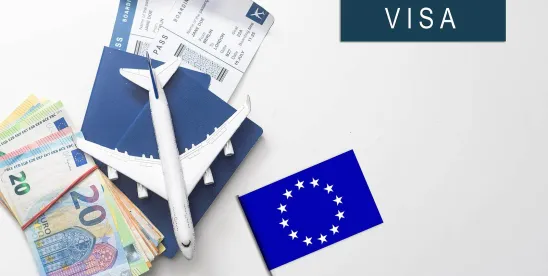EU Commissioner Ylva Johansson announced the official commencement date for the Entry/Exit System (EES) is Nov. 10, 2024.
Key Points:
- As BAL previously reported, EU authorities have repeatedly delayed the new border control EES, part of a “Smart Borders” initiative, which was originally expected to take effect during the first half of 2022.
- EES is an automated system for registering non-EU nationals traveling for a short stay — up to 90 days in a 180-day period — that will record each time they cross external Schengen area borders. It will replace passport stamping and requires travelers to have biometric data (facial images and fingerprints) recorded upon entry.
- Registration is completed at the external border of any of the 29 European countries using the system, including the 27 Schengen countries as well as Bulgaria and Romania, which are both in the process of officially joining the Schengen area.
Background: EES differs from the European Travel Information and Authorization System (ETIAS), which will require travelers from the 63 countries currently approved to travel into the EU visa-free to register for a visa waiver before arriving in the Schengen area. The registration will cost €7 (free for travelers under 18 or over 70) and will last three years. ETIAS is expected to launch in 2025.
BAL Analysis: EES is intended to more easily identify travelers who have stayed in the EU longer than allowed, who do not have the right to enter the EU or who are involved in criminal or terrorist activity. It will not affect people traveling within the Schengen area; it only applies to third-country nationals as they enter the area.




 />i
/>i

